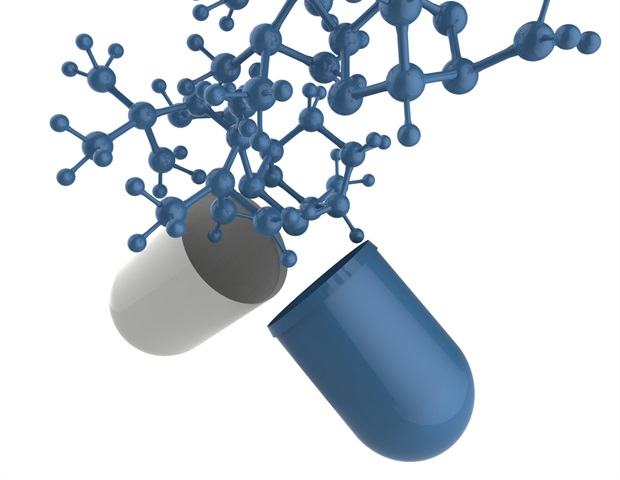Through bioinformatic prospecting, researchers discovered and synthesized a novel, naturally inspired bifunctional lipopeptide antibiotic with a low resistance potential. The antibiotic compound, which the authors named cilagicin, demonstrated potent and broad antimicrobial activity against several Gram-positive bacteria in laboratory tests, including difficult-to-treat resistant strains like Clostridioides difficile and vancomycin-resistant Enterococci, making it an attractive candidate for combating antibiotic-resistant pathogens.
Emerging resistance to widely used antibiotics is a global threat to human health. As such, there remains a pressing need to discover new antibiotics with modes of action that circumvent existing clinical resistance mechanisms. Bacterial genome-sequencing efforts have led to the identification of biosynthetic gene clusters (BGCs), which likely contain genetic instructions for the biosynthesis of antibiotics with diverse modes of action that could help accelerate antibiotic discovery. However, many of these BGCs remain undescribed.
Analyzing nearly 10,000 bacterial genomes, Zongqiang Wang and colleagues identified a distinct lipopeptide BCG found in the genome of the soil bacterium Paenibacillus mucilaginosus. Wang et al. then used bioinformatic algorithms to predict the possible compounds encoded for by the BCG. Using these predictions, they chemically synthesized those compounds. One of these lipopeptide compounds, cilagicin, was found to inhibit cell wall biosynthesis in some pathogenic bacteria, which ultimately results in bacterial cell death. What's more, Wang et al. did not observe evolution of resistance to cilagicin over the course of their experiments.
"Although clinical deployment of cilagicin … may take time, Wang et al. have established an inspirational interdisciplinary roadmap for future antibiotic discovery that may tip the scales in our fight against antimicrobial resistance," writes Ryan Seipke in a related Perspective. Seipke notes the next major steps for cilagicin's development are absorption, distribution, metabolism, excretion, and toxicity studies, which may reveal the need for further structural optimization before entry into clinical trials.
American Association for the Advancement of Science (AAAS)
Wang, Z., et al. (2022) Bioinformatic prospecting and synthesis of a bifunctional lipopeptide antibiotic that evades resistance. Science. doi.org/10.1126/science.abn4213.
Posted in: Drug Discovery & Pharmaceuticals
Tags: Antibiotic, Antimicrobial Resistance, Bacteria, Cell, Cell Death, Cell Wall, Compound, Evolution, Gene, Genetic, Genome, Laboratory, Metabolism
Source: Read Full Article
